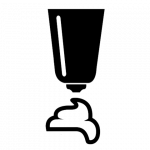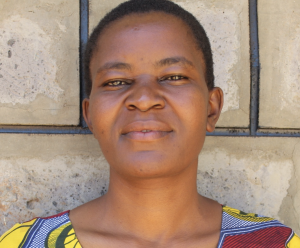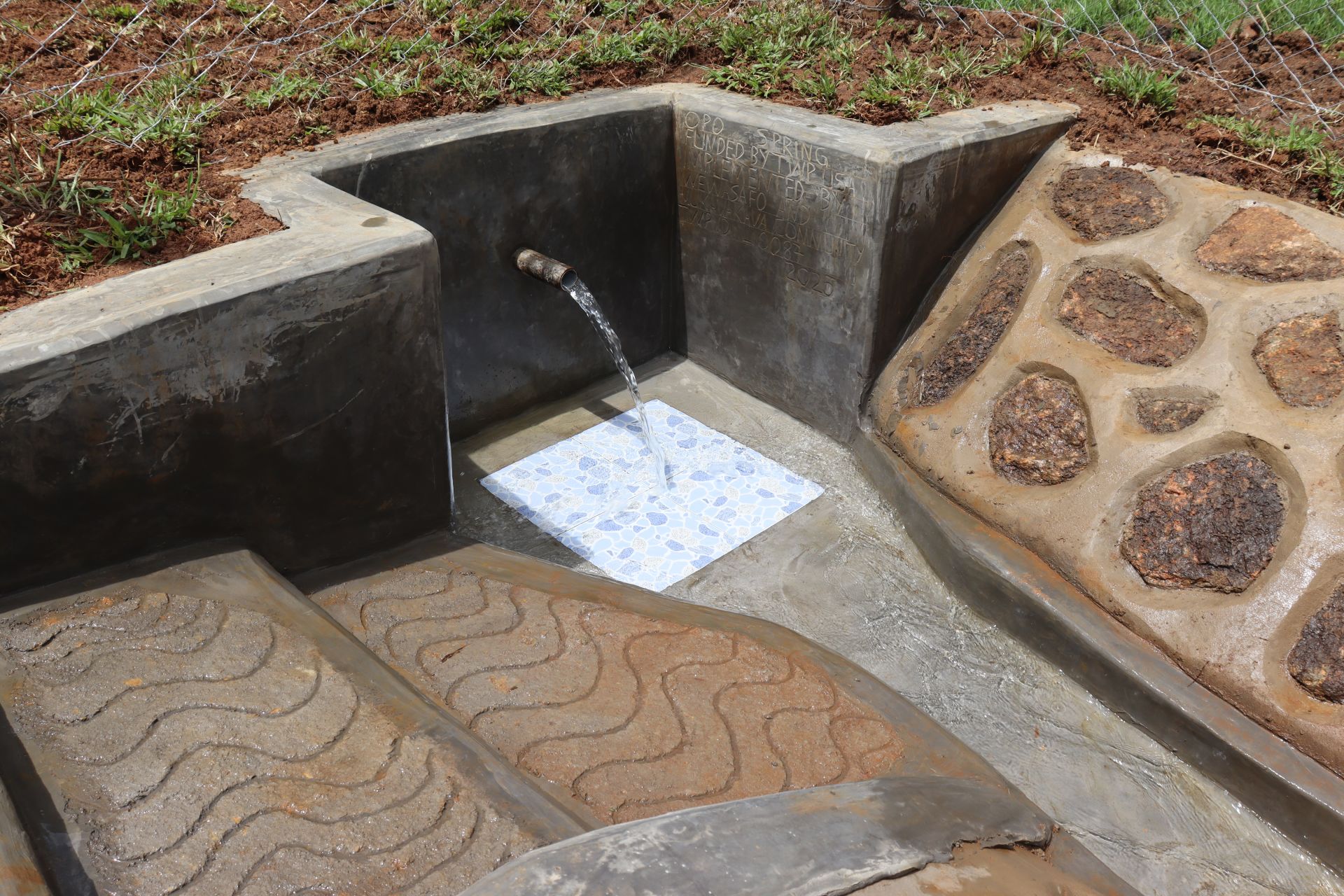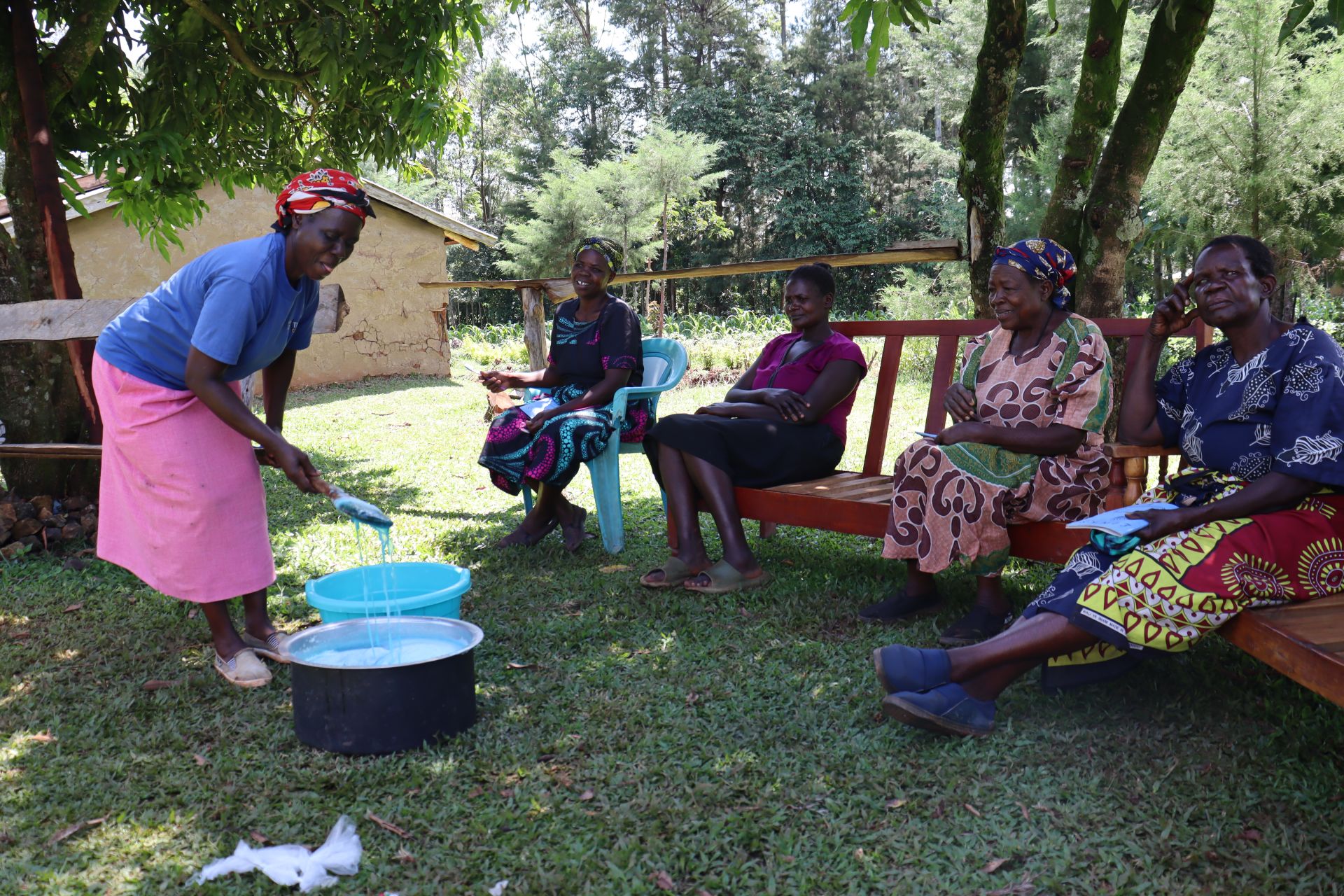The Mukavakava Community's 210 residents face a daily water crisis. Their current water source, Opo Spring, is naturally flowing, but it is unprotected so it makes them sick and impedes their ability to thrive.

"It (the water) appears to be smelly and appears to have a green coloring due to the presence [of] more algae below. There are reported cases of persistent dry coughs, headache, sore throat, and flu whenever they are diagnosed," shared Field Officer Rose Serete.
The spring's water is unfiltered, and the drawing area has stagnant water due to poor drainage. Combined, these conditions make this spring a breeding ground for water-related illnesses that have severe impacts on the community members.
18-year-old Jacob has struggled with waterborne illnesses often throughout his life but with no other water option, he endures the risk of illness to quench his thirst and meet his daily water needs.
He shared, "I went to fetch water very early in the morning for drinking; I felt an immediate dry cough that was persistent. I have been diagnosed with [a] cough and sore throat."

Jacob.
Unfortunately, that isn't the only side effect of his community's water crisis.
Because Jacob is often ill, his education suffers. "Sometimes, I miss school when the condition persists, and [I] seek further medication. The impact on my grades has been negatively affected due to time wastage at the waterpoint," he continued.

Jacob collecting unsafe water.
Jacob will struggle to achieve his dreams without access to a consistent education. Protecting the spring will restore his health and allow him to chase his goals.
"After completion of the spring, this will help me have enough time that will help me sharpen my skills of becoming a better person in future," he concluded.
Steps Toward a Solution
Our technical experts worked with the local community to identify the most effective solution to their water crisis. They decided to safeguard the existing flowing spring.
Spring Protection
Springs are natural water sources that originate from deep underground. As water travels through various layers of the earth, it undergoes a natural filtration process, making it cleaner and safer to drink. To protect these spring sources from contamination, we construct a waterproof cement structure around layers of clay, stone, and soil. This design channels the spring water through a discharge pipe, facilitating easier, faster, and cleaner water collection.
Chlorine Dispenser
As an extra measure towards water quality safety, uniquely engineered chlorine dispensers are installed at all of our spring protection projects so community members can treat their water with pre-measured doses of chlorine. The chlorine treats any residual contamination and stays active for two to three days, ensuring water stays safe to use even when stored at home. Chlorine delivery and maintenance of the dispensers are part of our ongoing community support.
Community Education & Ownership
Hygiene and sanitation training are integral to our water projects. Training is tailored to each community's specific needs and includes key topics such as proper water handling, improved hygiene practices, disease transmission prevention, and care of the new water point. Safe water and improved hygiene habits foster a healthier future for everyone in the community. Encouraged and supported by the guidance of our team, a water user committee representative of the community's diverse members assumes responsibility for maintaining the water point, often gathering fees to ensure its upkeep.
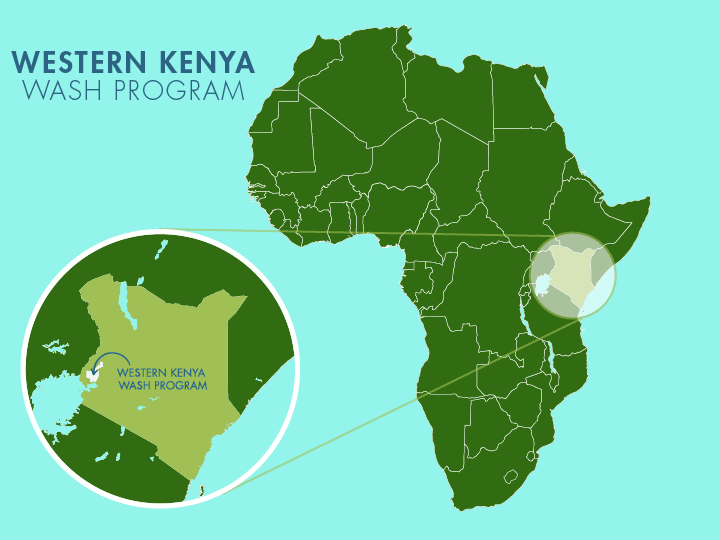
 Protected Spring
Protected Spring
 Rehabilitation Project
Rehabilitation Project




